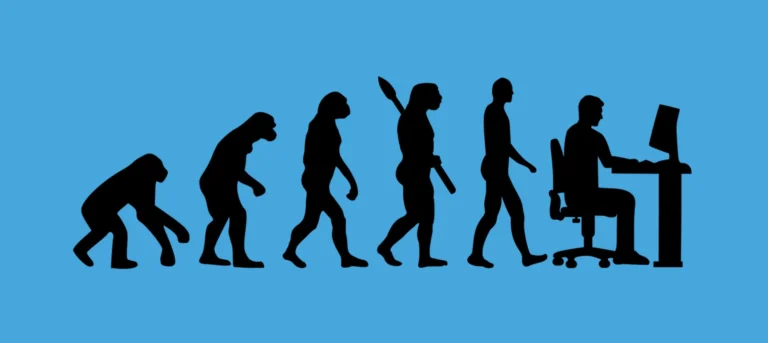From the Dot Com bubble in the late 1990s, to the Great Financial Crisis of 2008, and more recently the COVID pandemic, the IT industry has been in the epicenter of the public attention. High salaries, work from home and the flexible schedule made more and more people to take a serious look at this domain, but in the last few years things seems to have been cooling off, but is this really the case? Or is just the media that tries to induce some panic among the highest paid white-collar workers? In the following article, we’ll take a look at the current status of the industry, and where it could go.
“Those who don’t know history are doomed to repeat it.”
– Edmund Burke
So what can we learn from the tech industry history? That it can go in cycles. The best example is the Dot Com bubble. But why is it called Dot Com bubble? It was the early years of the internet and because every company that had something doing with it would skyrocket on the stock market, so many companies would just put the acronym .com after their company name.
How was the employment in that period? The regional economist Charles Gascon points out in the article “Growth in Tech Sector Returns to Glory Days of the 1990s” (https://www.stlouisfed.org/publications/regional-economist/second-quarter-2017/growth-in-tech-sector-returns-to-glory-days-of-the-1990s) that “During that boom, national employment in the tech sector shot up by 36 percent, while average wages for tech workers doubled. At its peak in 2000, tech employment represented just over 4 percent of total private jobs. After the tech bubble burst in early 2001, tech employment fell sharply. By the time it bottomed out in 2004, the sector’s workforce had shrunk by 17.8 percent and the tech employment share had declined to 3.4 percent.”
So, in the biggest tech bubble, the crisis lasted about 4 years, and the employment was down about one fifth of the workforce that was once in the industry was no longer working in that domain.
This means that fresh graduates could not enter the job market right away, because there were many people that were waiting on the sidelines in order to get a place to work.
From 2004 to 2008, the tech sector experienced modest job growth, which ended in 2009 as the sector contracted due to the financial crisis and the Great Recession. But the golden era of the tech sector began in the early 2010s, with rapid growth and in 2015, U.S. tech sector employment reached 4.6 million, pushing the tech share to 3.9 percent of total employment, effectively matching its level in 2000.
This might sound pretty harsh, but is there any light at the end of the tunnel? Well, only in a simple analogy, the software evolved incredibly since the Dot Com Bubble, it is more efficient, better designed, but with the same amount of people employed. It seems that these cycles purify the workforce, leaving the place only for the best programmers, and the most determined to really make a difference.
Current situation
With the current progress of AI, many developers ask themselves the following question: What will happen? The answer is that we don’t know for sure, but we can take a look at what the data says. In 2022 most of the big tech companies announced layoffs. Meta cut it’s workforce by about 25% (https://edition.cnn.com/2023/03/14/tech/meta-layoffs/index.html) , Microsoft laid off 10.000 people and Alphabet (Google’s parent company) laid off other 12.000 people (https://365datascience.com/trending/who-was-affected-by-the-2022-2023-tech-layoffs/). These workers are considered to be the best coders on the market. Could they find a job easily? The data suggest that this is not necessarily the case. Per BLS analysis, the unemployment rate in the tech sector soared to 5%, suggesting that the drawdown is not yet over.

The future
While guessing the future is not yet an exact science, we can take a look at the past to see what might happen in the future. The current status of the tech industry doesn’t seem that the skills are not in demand anymore, but the contrary. The Computer Science college degree ranks among the most employable degrees available, with an effective employment rate of 80% (https://coursefindr.co.uk/degrees/articles/top-ten-employable-degrees/). The difference from the Dot Com bubble and the current status is that companies actually earn money from the products that they sell, as we can see in this chart that represents the stock market price of tech stocks along their earnings (https://x.com/topdowncharts/status/1503142474193457155)

Conclusion
In this short analysis we took a look at the older tech bubbles and how the sector responded to the problems that they faced. While the current status is not the best, we can look at it as a cleaning period, where the courses that promise you a lifelong career in IT after just a few weeks of coding (and thousands of dollars spent on them) would disappear, and it would leave the space for the motivated people that want to make a difference.
Daniel Cali


